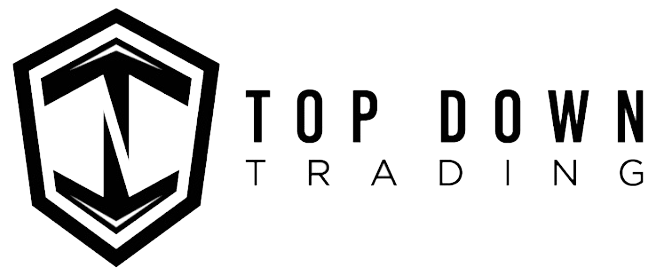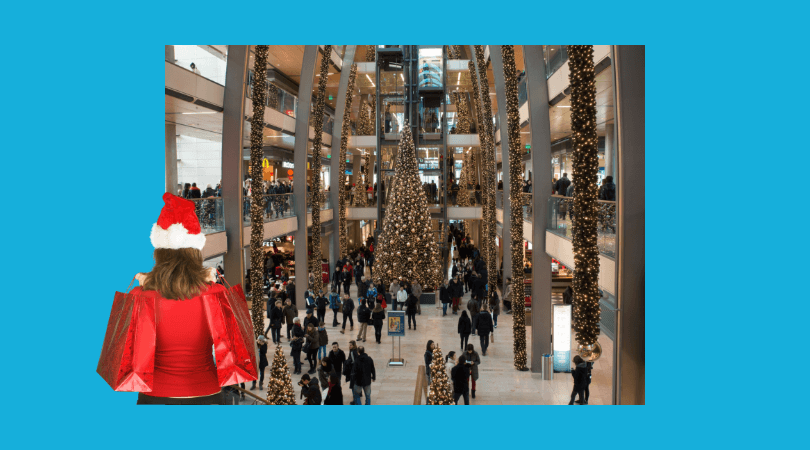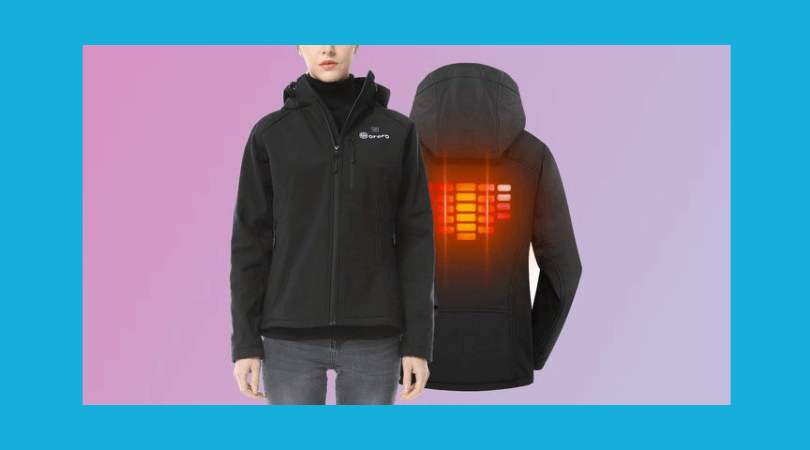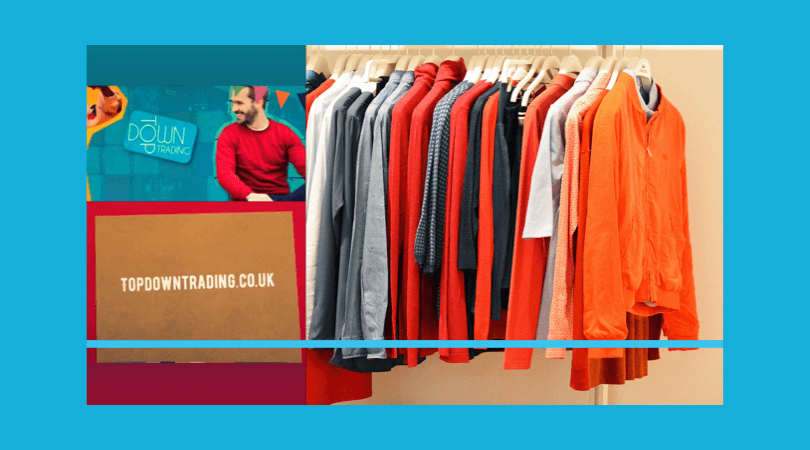This year the holiday 2018 reset is more important than ever. 2019, promises to be a watershed year in the history of retail. 2019 will be a year of separation, a year where the long-term haves begins to separate themselves from the have-nots. Smart retailers will place their bets this next year not only on incremental ideas to change their operations but also on conceptual work that could transform the way they do business today.
Empathizing with this challenge and reflecting back, here then are the five trends upon which retailers should concentrate their experimentation over the coming years in order to ensure their long-term success:
5 Trends
#1. The Virtual Mall
According to Survata, roughly forty-nine percent of all first product searches start on Amazon. Add Google to the mix, and this figure grows to eighty-five percent. So, when consumers know what they want to buy or have a strong inkling about what they want to buy, they go to Google or to Amazon in droves. Conversely, and even more startling, the above means that consumers only go to retailers' brands or websites fifteen percent of the time to conduct first product searches (and this number continues to decline year over year too).
Translation -- the physical store as a means of a find, seek, and destroy product acquisition is dead. The "mall," as consumers came to know it in the salad days of Fast Times at Ridgemont High in the 1980s, is now an anachronism.
When consumers know explicitly what they want when they are in the mindset of wanting to search and to buy, that activity is now the purview of only a select few. Search and discovery are now two entirely different constructs, where in the past they were always one and the same.
#2. The Rise Of Social Commerce
Amazon and Google may own search as a means to facilitate product acquisition, but who owns the act of discovery within commerce overall is still very much up for grabs. No one owns discovery in either the digital or the physical worlds (yet).
The best way to think about this last statement is to examine commerce along with a horizontal continuum.
On the one end of the horizontal line, you have a commerce platform (say Amazon), while on the other end, you have a social network (say Facebook). Whoever connects the horizontal line end-to-end has an enormous data advantage in the long-run. For example, Google and Amazon know what consumers explicitly want, but social networks, like Facebook, know what consumers implicitly want too. Social networks know what we like, on what we comment, what events we memorialize, and even how long we linger scrolling past pictures of old girlfriends and boyfriends from high school.
As a result, social networks have the potential to know what consumers want better than they know themselves.
The perfect model of all this -- Glossier. The upstart beauty retailer started as a blog, amassed a huge social following of active users, then grew into a digital retailer, and now has its own physical store presence. Glossier has accomplished what it has on a small scale, but it is the model for end-to-end social commerce discussed above.
Glossier is important to study because whoever owns discovery within the digital world, across all categories, or even within a category itself, ultimately may have the ability to take consumers from discovery-to-buy in nanoseconds within its own platforms, and thus also potentially upset the apple cart of Amazon's and Google's current search dominance along the way.
#3. Pop-Up Retail
As much as discovery within the digital sphere is still up for the taking, it is also open season on discovery within the physical world too. No one retailer or experience owns discovery at this point in time.
Stores, throughout history, always functioned to serve the purpose of the word "store" itself -- i.e. as stores of inventory. Stores served five key roles: 1) Inspiration 2) Convenience 3) Immediate Gratification 4) Taction --touching, feeling, trying things on, essentially giving consumers confidence in a purchase 5) Experience -- the sheer memory and delight of being somewhere or with someone.
For centuries, all five of the above were the solid purview of a physical place, but then along came eBay and Amazon in the mid-1990s, and they and their digital brethren, later supercharged even further by mobile technology and social media, said to the world, "You know, those first three things you mentioned: Inspiration, Convenience, and Immediate Gratification? We can do those three things as well as if not better than stores can."
And, they can. Amazon is the everything store. An Amazon shopping experience is not bound by four walls -- there are almost no limitations on what a consumer can buy. Fulfilment can happen on one's own schedule, and the browser in and of itself is a unique commercial experience from one individual to the next. All that remains, therefore, to differentiate a physical experience from a commercial one are the last two points -- taction and experience.
This last point is why we have seen the rise of pop-up retail recently, the idea is to give consumers a more tactile experience around what they cannot comprehend within the digital sphere alone. Bonobos were the first penguin in the water, and soon after many digitally-native brands like Glossier, Brandless, Warby Parker and others have all extended their brands into the physical realm, some on a more permanent basis and others in a more temporary manner.
But, while all this activity is wonderful, one important $64 thousand question still remains. Pop-up retail is fun and exciting, but if it is just old retail, on an old business model, and on a shorter-term lease, has it really solved anything?
The answer is decided, "no," which is why it is also important to turn your attention now to trends #4 and #5 below.
#4. Checkout-Free Retail
Lions and Tigers and Bears and Amazon Go, oh my!
Amazon burst onto the scene this year with Amazon Go, and now, at the time of this piece, Amazon has already deployed nine installations throughout the country. The concept is Yuppie Nirvana. It is like 7-Eleven got together with Whole Foods and genetically engineered their perfect offspring in a Petri dish. It is the perfect execution for the use case for which it is designed - busy professionals who want to get in and out of a store quickly during their lunch breaks or before or after work. Simply scan a barcode on the way into the store, and consumers can take whatever they want off the shelf.
It is that easy.
Checkout-free retail means less payroll, less inventory, less theft for retailers and faster and more convenient shopping experience for consumers in the long-run. It will be a key ingredient that separates the winners from the losers in the future landscape of retail.
#5. Micro-warehousing
If checkout-free technology is a key ingredient to the future of retail than micro-warehousing is the lighter fluid poured on top of the charcoal.
Micro-warehousing is the operational dynamic that brings omnichannel retailing to life. It facilitates everything discussed above so that retailers do not need to concern themselves with where the buying actually occurs -- that is, either online or within a store. Micro-warehousing is the realization of a mindset. It is the bringing to fruition of the belief that buying and shopping no longer have to be one and the same thing.
The best way to think about micro-warehousing and the cognitive split between buying and shopping is to imagine an IKEA. IKEA already separates its back-of-house and front-of-house operations. It essentially runs a micro-warehouse model already, only its customers at the end of the shopping experience do all the picking and still have to wait in line to pay.
Now imagine a different IKEA experience, one modernized by technology. Rather than going around and writing down the name of an unpronounceable bookcase with a pencil and paper, imagine instead that the consumer uses scan-and-go technology, a la GH Lab, to record his or her desired purchases via a mobile phone. Then, while he or she shops, advances in robotics and automation work within the adjoined warehouse to pick and pack orders while the consumer scans the sales floor. With the quick press of a button, the consumer can then elect to have the products shipped and waiting for him or her anywhere in the world that they desire.
This world is coming, and it will hit direct-to-consumer grocery first.
Once these experiments take hold, soon after retailers of other product categories will follow suit, and ultimately the trend will have reached its crescendo when the mall operators begin to redesign their physical architectures and operations around these principles as well. Stand-alone boxes within "malls" (I hate to even use that word anymore) will go away, and instead, retailers will pool their resources for warehousing and the co-sharing of consumer-facing applications and infrastructure for the good of all the consumers that they serve.
Because, at the end of the day, the store of the future is not just a linear, physical experience anymore. The store of the future is omnichannel. It is non-linear in its touch points and also the perfect blend of physical, digital, and human infrastructure, all working in concert to celebrate shopping, no matter where one finds him or herself, and in a world where buying is forever unhinged from shopping.
Source:
Forbes By: Chris Walton





